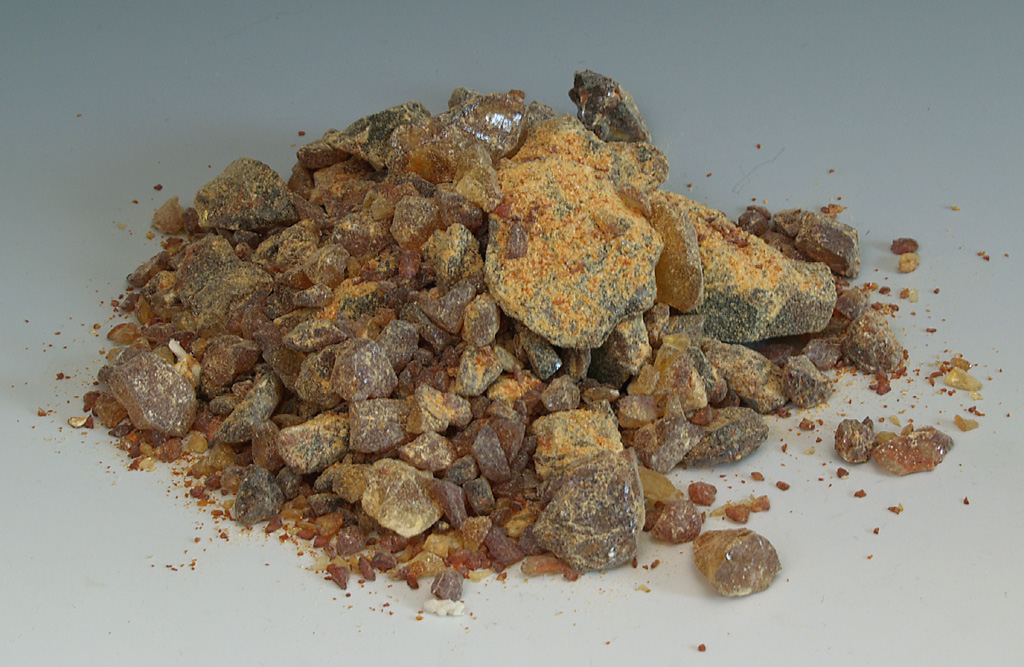In modern medicine, natural products are often used to treat various pathologies. Canadian balm is no exception. It is a resin that is obtained from Canadian fir. This resin is contained in the bark of a tree, it is extracted quite difficult. One tree at a time can give up to two hundred and fifty grams of resin, while you can collect balm from the same plant once every three years. Collect it in the summer, from June to August.
Canadian balm: description and description
This resin is transparent and colorless, may have a yellowish tint. By its consistency, it is similar to honey. It has a pleasant aroma, bitter taste. The substance is highly soluble in various liquids, except gasoline and water.
Canadian Balm contains 25% essential oil, pinene, monoterpenes, fellandren and two resins. It freezes quite easily.
Balm is often used in medicine as an antiseptic for infections of the respiratory and genitourinary systems, as well as a diuretic, antitussive, expectorant, laxative, healing and tonic.
Canadian Fir Oil is used as an antiseptic. It is also often used for the manufacture of drinks, both alcoholic and non-alcoholic, perfumes and cosmetology. Resin is often used as a “cement” in the manufacture of glass.
Histology
Canadian balm is widely used for histology. Prepare drugs that can be stored for a long period of time. The resin forms hard blocks of tissue that are necessary for making sufficiently thin sections. Such tools are easily cut, so you can get contrast pictures of plant and animal tissues.

The balsam has refractive indices of light similar to glass, it does not crystallize and does not become cloudy during solidification, therefore it is used in histology as a medium for preparations. To do this, pieces of resin are poured with a solvent until a uniform consistency is formed, then the solvent is added again so that the consistency is similar to liquid honey. The drug is dehydrated, placed on glass, Canadian balm is applied on top. Then another glass is placed on top. When the solvent dries, the glass will be glued, so the drug will be stored for a long period of time. Inspection under the microscope is possible after the resin has completely hardened. When drying the drug, you can get a significant enlightenment.
Thus, Canadian balm for microscopy is of great importance. It began to be actively used in cytology (histology) in the seventies of the last century as an enlightening substance. Enlightenment was used to study colored and artificially colored objects. To increase the safety of objects, neutral balsam was used. If it was acidic, it was neutralized by adding lithium carbonate in powder form, as well as potassium carbonate and sodium. If Canadian resin was absent, it was replaced with fir balsam or oils.
How does the bonding of optical glasses
First, the glasses are washed well and wiped with a clean calico cloth. Then it is cleaned with a cloth dipped in alcohol. In this case, it is necessary to ensure that dust does not get on the surface. Glasses are heated to a temperature of one hundred and forty degrees using special equipment. The balm is melted, applied to the glass and carefully connected to the second glass, squeezing out air bubbles. Two parts are squeezed and fixed. In histology, drugs, tissue sections, etc. are placed between the glasses.
Medical use
In America, Indians use balm for certain rituals. It is also often used to heal wounds, burns and cuts, and treat ulcers and erosion. Inside take the resin from pain in the chest (heart), with cough.
The tool is completely harmless, but when consumed in large quantities, it begins to show a laxative effect, it can provoke nausea.
Many people use Canadian Balm as a skin care product. It helps to eliminate bruising. Some doctors recommend it as a medicine for the treatment of asthma, with pathologies of the throat, urogenital system, as well as diseases that were formed as a result of stress.
To make aromatic oil, they collect resin from Canadian fir, making incisions on its bark. Then steam distillation is carried out, in this way the desired product is obtained - oil.
conclusions
Thus, the Canadian balm is a means of natural origin, which has found wide application in medicine, histology and cytology. Even in ancient times, the American Indians used this resin to heal wounds and burns. They use it today to treat many diseases, including damage to the skin.